American Infrastructure and Its Future
The United States' economy remains the world's largest, yet it only maintains the 13th best infrastructure according to a 2019 report by the World Economic Forum — one of its lowest benchmark performance areas, based on the report. The fact that the majority of U.S. infrastructure designed and built many decades ago, including the power grid, water and sewer systems, and the Interstate Highway System, authorized by the Federal-Aid Highway Act of 1956 and substantially completed between 1960 and 1990 combined with a doubling of the U.S. population in that time has meant that infrastructure across the country is is not just in bad need of repair, but it is arguably also in need of fundamental re-engineering. The infrastructure of the past that is so critical to the health of our cities, economy, was largely designed and built, based on thinking and tools of the 19th century and the first half of the 20th century. In addition, the historic lack of capital invested in improving infrastructure has largely meant insufficient repairs and a perpetuation of the existing approaches. Experts across the industry agree that we are increasingly lagging behind our worldwide peers and competitors, with China spending an average of 8.5% of its GDP on infrastructure per year compared to the U.S. spending at a rate of approximately 2.5% of GDP. To continue being a leader into the future, the United States must fix its struggling infrastructure, and, while that undoubtedly means increased investment, it also likely means new thinking about more efficient and approaches to meeting our infrastructure needs through better use of the new technology that has emerged in the past decades and continues to be developed today.
In the face of this need, a new infrastructure bill is again making its way through the US Legislature. This bill and other initiatives also raise the prospects that leaders in the United States will join those around the world in not only thinking about how to repair last century's infrastructure, but also there is the prospect of thinking harder about new approaches to our infrastructure so that it leverages all that we have learned and developed over the past century to be smarter, safer, more efficient, and more sustainable. In parallel, there is reason to believe we will see an acceleration, globally, in the development of new tools that will allow us to plan, build, operate, and maintain our infrastructure with similar significant improvements over the past.
In this report, we will:
- Look at trends affecting four critical infrastructure categories in the United States and abroad.
- Examine the emerging technology promising to enable better planning, construction, operation, and maintenance of infrastructure.
- Recap some of the recent venture investment fueling innovation in the sector.
- Look at how an increased focus on sustainability and resilience may further impact the sector.
The size of the undertaking in the US and around the world is hard to overstate. In the US, citizens grapple with collapsing bridges, lead in drinking water, rolling blackouts, and a host of other issues tied to infrastructure, while abroad, many nations are still struggling with the basic elements of an infrastructure system, required to support a healthy citizenry.
Transportation
-
$110 billion dedicated to repairing roads & Bridges | $39 billion for public transport | $66 billion for railways
With as vast of an existing asset base as America has, reinvesting capital in existing assets to replenish their lifespan and bolster their performance, will need to be a primary priority. As reported by the American Society of Engineers, roughly 43% of all U.S. roads and bridges are in poor or mediocre condition, a dangerously unacceptable statistic that has not seen any improvement in recent years. With the United States' latest $1.2 trillion infrastructure bill, $110 billion is to be allocated for the nation's roads and bridges.
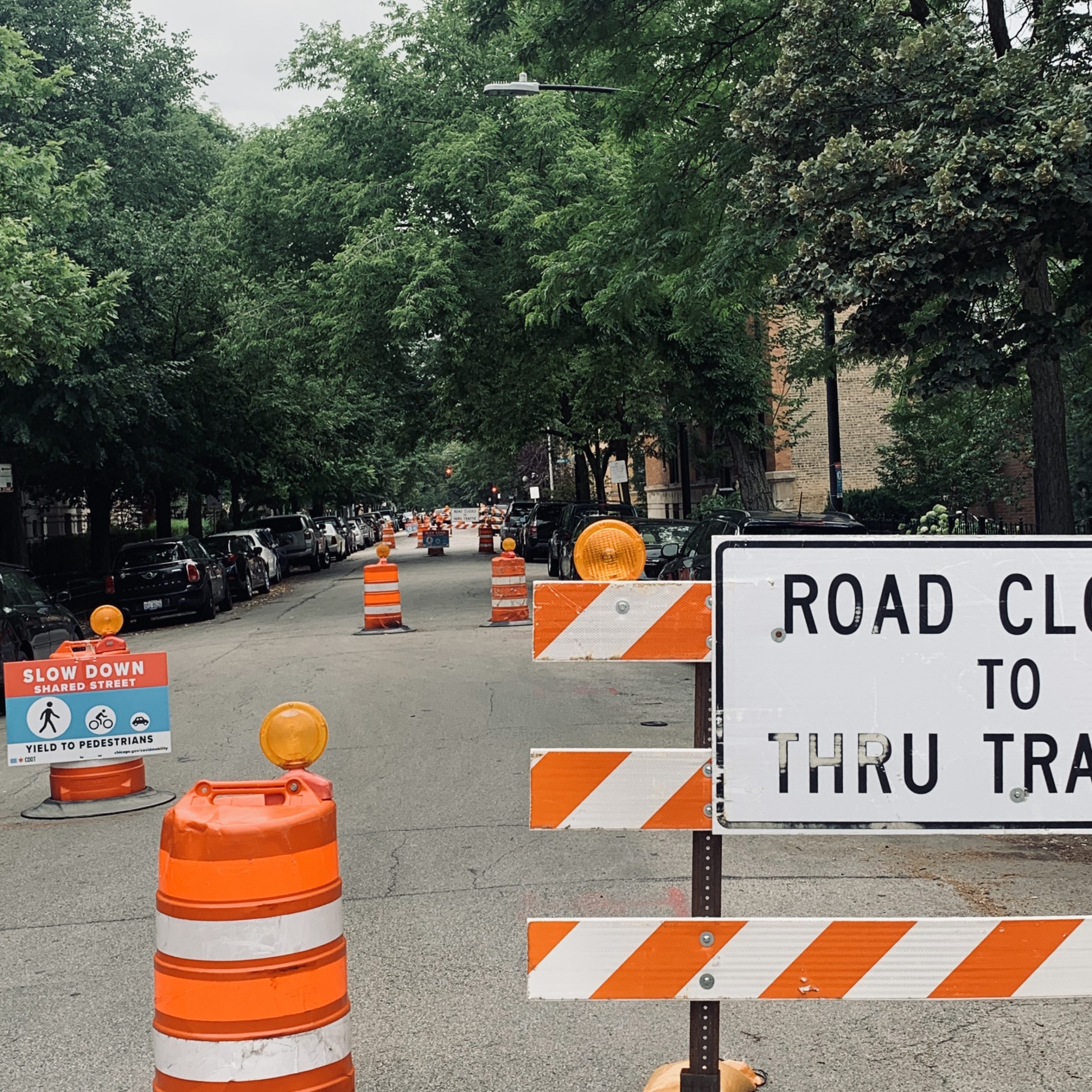
Energy
America's energy infrastructure is a fundamental component of its success as a nation. Without a reliable network for the generation, transmission, and distribution of electric power, pipelines for oil and natural gas, refineries, and storage facilities, millions of businesses and consumers would be left without power, crippling the American economy. Energy infrastructure, a mostly private sector, also employs millions of Americans and continually generates jobs and new opportunities for growth. In its current form, American energy infrastructure seems to be working well. The American Society of Civil Engineers reports that "over the last four years, transmission and distribution and reliability-focused pipeline investments have increased, and outages have declined slightly. Annual spending on high voltage transmission lines grew from $15.6 billion in 2012 to $21.9 billion in 2017, while annual spending on distribution systems — the “last mile” of the electricity network — grew 54% over the past two decades." Furthermore, spending on reinforcing American power grids has increased over the last few years, which will prove essential as the effects of climate change continue to increase the possibility of blackouts across the United States.
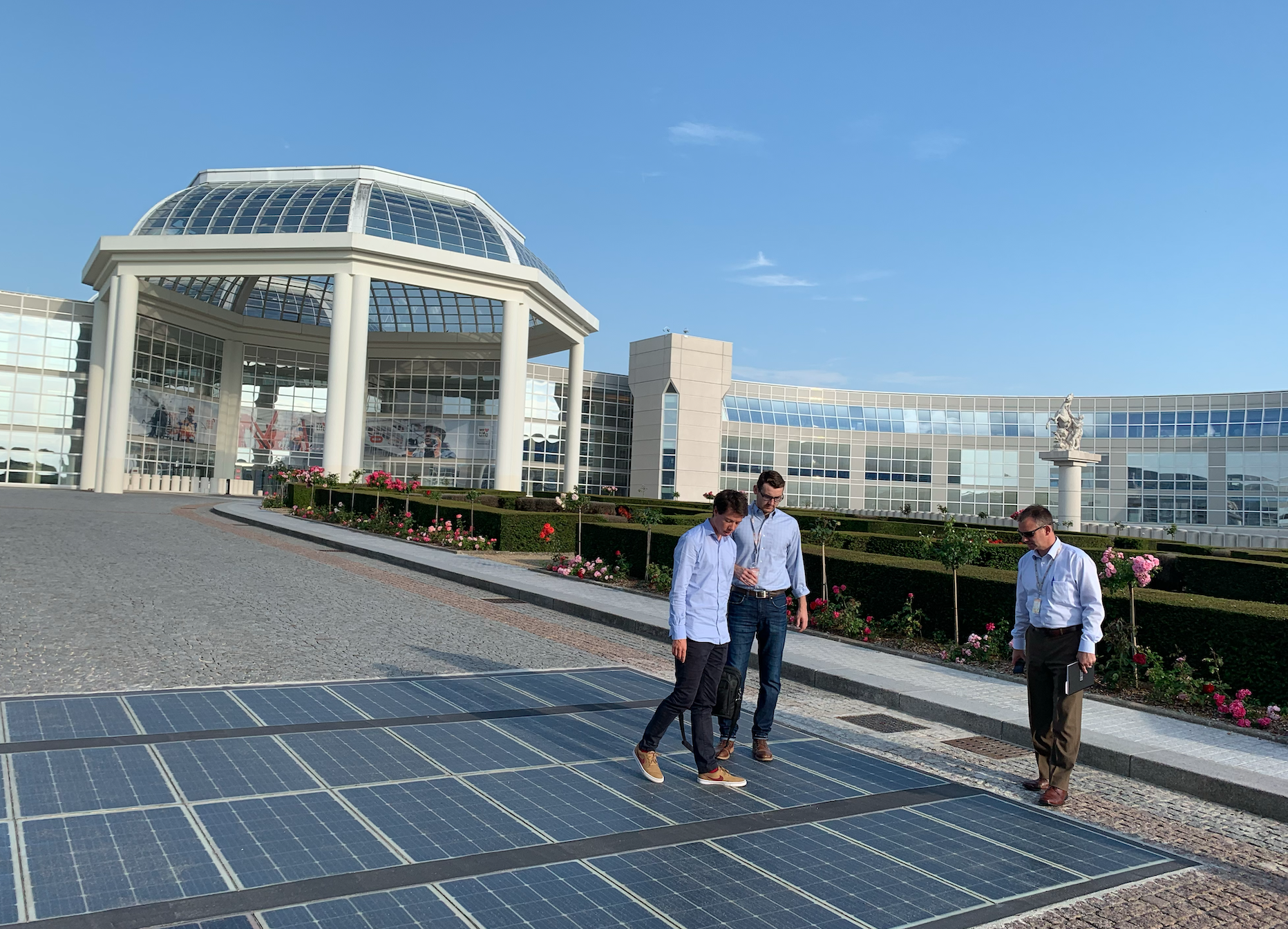
Water
$55 billion Earmarked
Essential to the health and safety of the American people, water infrastructure—including pipes, underground wells, reservoirs, dams, aqueducts, storage tanks, drinking-water facilities, among many other assets—must be improved. With over 2 million miles of deteriorating underground pipes transporting water to the American people, the American Society of Civil Engineers estimates that there is a water main break every 2 minutes, leading to 6 billion gallons of treated water lost each day in the United States. Although this data is distressing, showing the inefficiencies that American citizens have lived with for decades, there are solutions—and progress is being made. Old, breaking pipes and storage tanks that prove detrimental to our water infrastructure are being replaced with new, resilient assets. New technology that allows for risk management, emergency planning, and sensors for smart water quality monitoring has been developed and is being implemented in various locations and facilities. Finally, more capital is being pushed into fixing water infrastructure by federal agencies, including the allocation of $55 billion for water infrastructure in the new infrastructure bill.
Water projects take on many forms, from rain water management to drinking water and sewer line work to flood control and resiliency work to facilitation of mobility. It is probably the largest and least well understood of the infrastructure sectors we cover. This case study is based on the successful use of $120 million in federal program infrastructure funding for a project aimed at addressing many facets of the challenge and opportunities of water infrastructure.
Communications
The newest of the infrastructure sectors, communications infrastructure refers to the infrastructure and systems that enable high-speed internet connection and telecommunications across the United States. In the face of the COVID-19 pandemic, broadband access and telecommunications became more important than they already were. Remote work and schooling tested U.S. communication infrastructure, and for the most part, it held up. However, there are still many areas within communication infrastructure that the United States can improve. According to ASCE, 35% of U.S. counties had below-average internet speed, and 1 in 5 children did not have access to high-speed internet that would allow them to access their remote schooling materials. As we continue to develop faster internet and better communications, the United States needs to ensure that internet access is available to underserved and rural areas, while also having contingency plans in the event of communication blackouts.
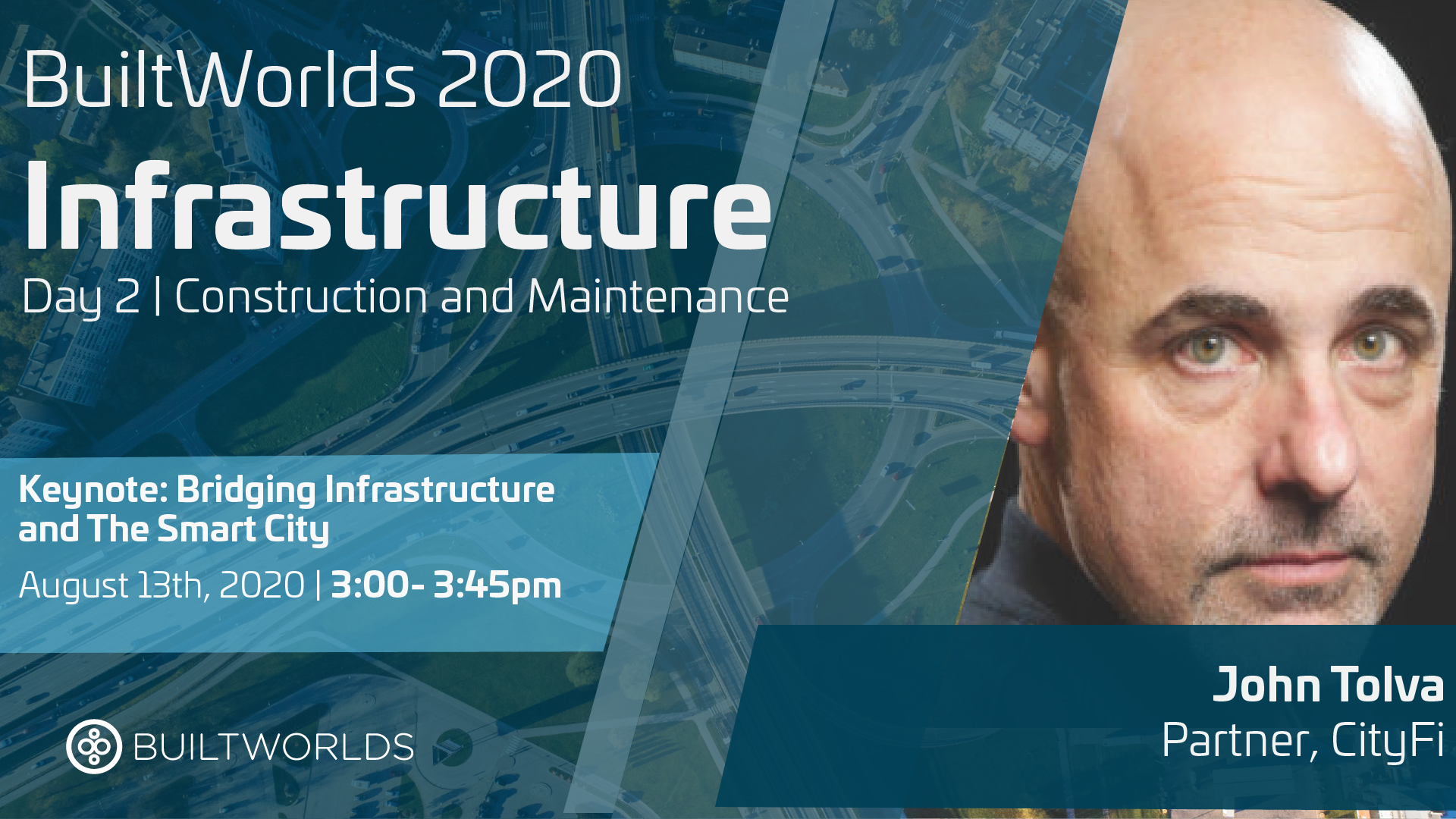
At our 2021 Infrastructure Conference, eminent smart city expert, John Tolva, presented an in-depth look at the evolution of smart cities technologies and how cities are better leveraging insights from data to manage and maintain cities more efficiently and also to provide better outcomes for all the city's residents. Deploying this technology that enables greater efficiency over time requires significant investment in communications and data infrastructure.
Emerging Technology Opportunities in Infrastructure
A proliferation of Tech-Enabled Solutions for Myriad Needs of Infrastructure
Tech adoption—in effect reducing the cost of traditional operations. Although the initial investment in new technology may appear hefty, ultimately, costs can be reduced drastically. Over the past few years, the built world has seen massive growth in new technology, and the rate at which it is appearing is only going to keep increasing. In the infrastructure sector, new technology can be used throughout the entire process, from pre-construction design to maintenance. The new technology that we have identified as leading solutions include digitalized site planning, geographic information systems, cloud services, digital twins, scheduling & estimation software, drones, capture and imaging technology, asset management software, and numerous others.

Featured Case Studies in Infrastructure
Gradually, we are building a database of case studies in infrastructure, smart buildings, and projects for the benefit of our community. Below are several recent infrastructure-related case studies highlighting the way that technology is helping us better plan, build, and maintain our vital systems for mobility.
Venture News in Infrastructure
Over the past year, we have seen a massive increase in tech adoption and improvement across the built world. From artificial intelligence to fully autonomous robotics, innovations and advancements—sprouting from the relentless creativity of our industry's leaders & thinkers—have revolutionized the way we design, build, manage, and maintain.
June 11, 2020- Headlight Raises $25 Million To Scale Photo-Based Inspection Services
Infrastructure Technology Company Headlight, specializing in photo-based inspection, announced that it raised $25.6 million in Series B funding from Viking Global Investors. With the capital, Headlight plans to expand its product and scale its operations to account for the growing demand for remote inspection technology in the infrastructure sector. Headlight's funding is a massive step forward for the infrastructure sector, as billions each year are lost due to unnecessary rework, delays, & other issues that have plagued the industry for years.
Sept. 23, 2020- Bentley Systems Initial Public Offering
On September 23, 2020, software leader Bentley Systems went public through Goldman Sachs & Co on the NASDAQ Global Select Market, offering 10,750,000 shares of its Class B common stock at a price to the public of $22.00 per share. Bentley Systems IPO had been long-awaited, as the company has been operating successfully for the past 37 years. As a leader in infrastructure technology, Bentley Systems offers solutions and management across all aspects of the infrastructure sector.
Apr. 28, 2021- Locusview Raises $64 Million for Advancement of DCM Platform
Locusview, an Israeli company developing a digital construction management platform, announced that it raised $64 million in a Series A funding round led by Israeli Growth Partners (IGP). Locusview's DCM platform enables advanced data flow between field crew & management, allowing for connectivity throughout the construction process. As we move into a new age of construction & infrastructure technology, connectivity is key. Leveraging groundbreaking management software—such as Locusview's—not only allows companies to maximize their efficiency, it also prepares them for the ever-advancing field of technology.
Aug. 4, 2021- Trimble Launches $200 Million Deal Fund: Trimble Ventures
Tech giant Trimble announced the creation of Trimble Ventures, a deal fund with $200 million allocated to investing in early & growth stage companies. Trimble Ventures will focus specifically on companies aligned with its core goals in the construction, geospatial, agriculture, and transportation industries. In the built environment, we may see Trimble Ventures supporting companies specializing in artificial intelligence, internet-off-things (IoT) technology, augmented & virtual reality, advanced autonomous robotics, etc. With their expertise, Trimble will sure-handedly assist in promoting the advancement and adoption of technology in the built world.
New Challenges We Face: Infrastructure Resiliency
Over the last couple of years, the world has seen an unprecedented rise in temperature, that is ultimately here to stay. The National Oceanic and Atmospheric Administration (NOAA) recently reported that July 2021 was the hottest month ever recorded, in which the global surface temperature was 1.67° F above average. In Seattle, where the summer temperature averages around 75° F, a record-high heat wave reaching over 110° F was recorded. Due to the heat, old, frail infrastructure failed. Roads and bridges made of concrete expanded, causing extremely dangerous cracks and bucklings, power cables melted, and blackouts spread across the pacific northwest as the energy/power demand skyrocketed. Although these issues may seem isolated and unlikely to continue, people who believe that this was the hottest summer of their lives need to remember that it may be the least hot summer for the rest of their lives. Along with more heat, natural disasters—such as heavy storms, earthquakes, and wildfires—are likely to continue to increase across the globe. As reported in Aon's 2020 Weather, Climate & Catastrophe Insight economic losses from natural disasters were estimated at $268 billion in 2020 with only $97 billion in insured losses, a gap of 64%. While these numbers are shocking in their own right, experts believe that if nothing is done to quell the effects of climate change, its impact will continue to worsen. What can we do to address these issues? Logically, we must build resilient infrastructure that can withstand the effects of climate change, as well as reinforce the already existing assets that we depend so heavily upon.
Working to Reduce Carbon Emissions.
As highlighted above, working to lessen the effects of climate change is essential to the future of the United States and the world. The Center for American Progress reports that smart investments in clean energy, transportation, buildings, industrial innovation, and more could cut more than 800 million metric tons of carbon pollution in 2030. With capital from the imminent infrastructure bill, this goal can be realized. This is a topic that has gained considerable currency over the past several years in discussions at BuiltWorlds, and we see more and more development of new approaches and new technologies that focus on carbon reduction among other key considerations.
In summary, we are looking for ever more performance out of our world's infrastructure as we also struggle to meet basic needs for a growing world population. With continuing investment emerging technology and shifting attitudes are enabling more efficient development and maintenance of higher performing infrastructure, and, while change will take years to realize, we see steps every day moving toward a 21st century infrastructure and 21st century approaches to meeting those infrastructure needs.


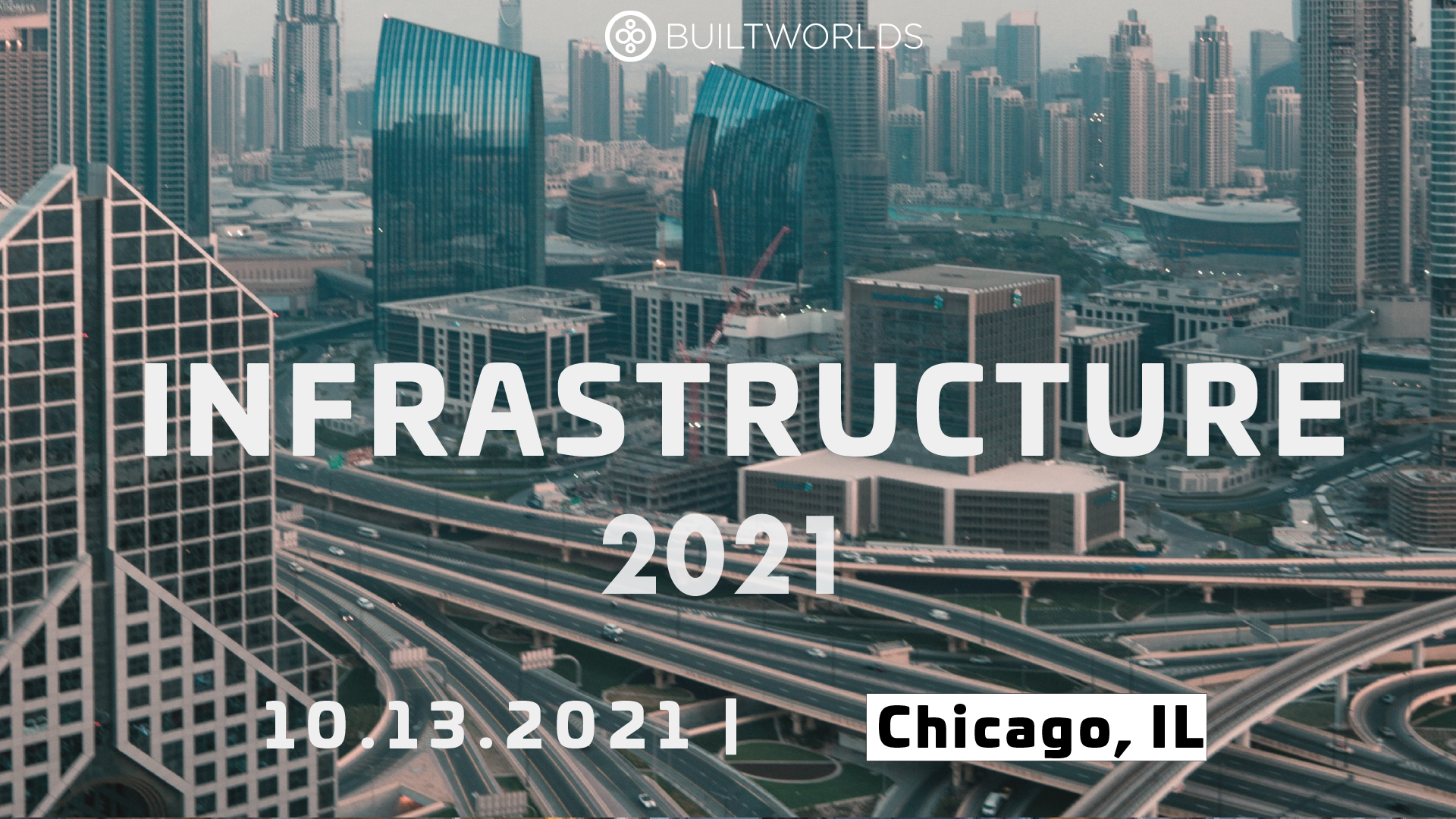
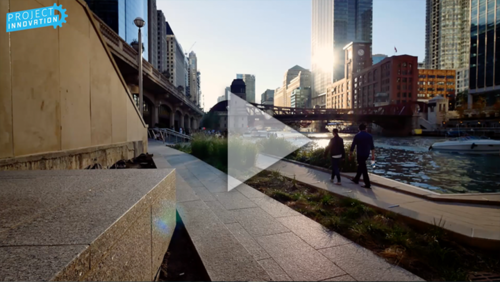
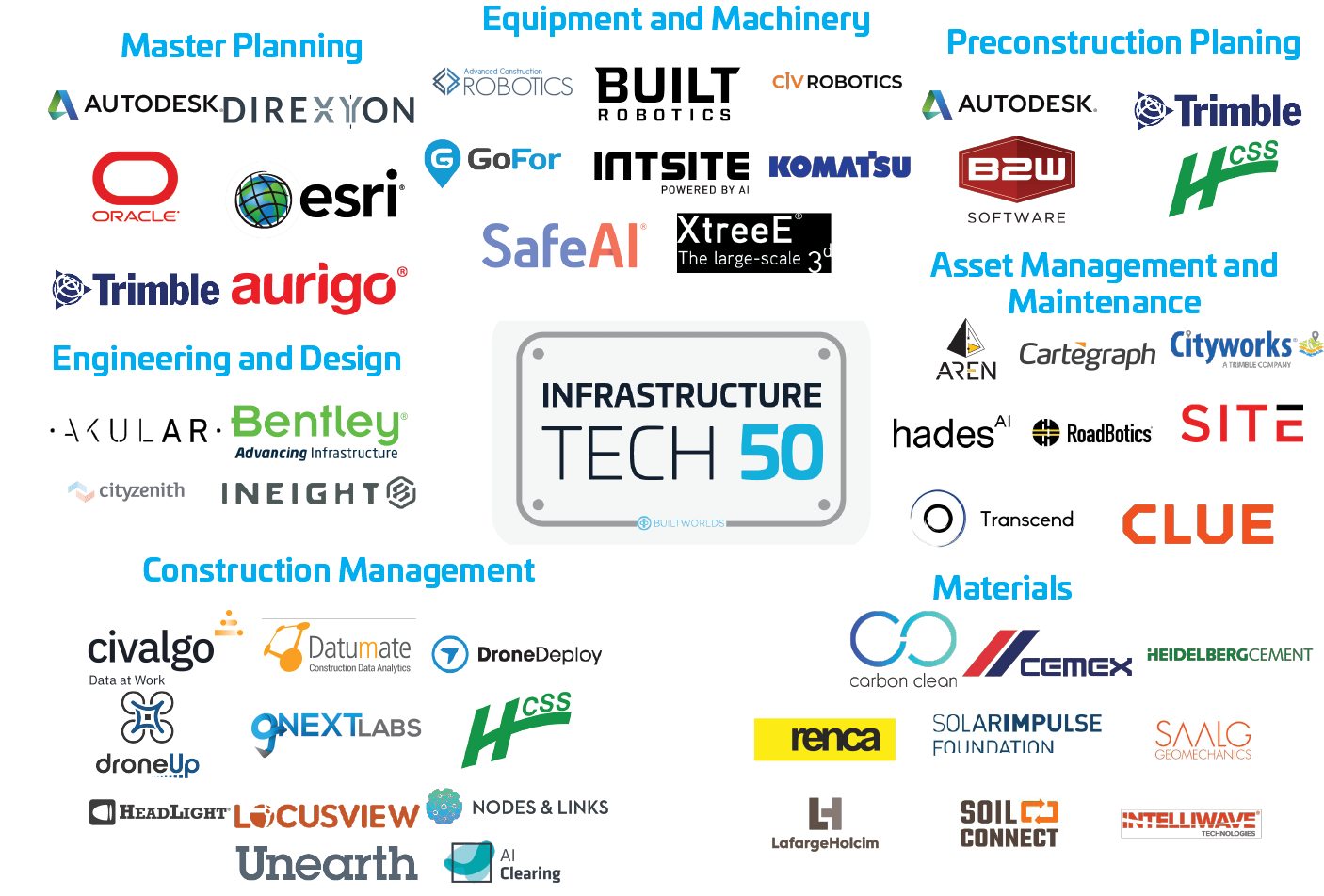

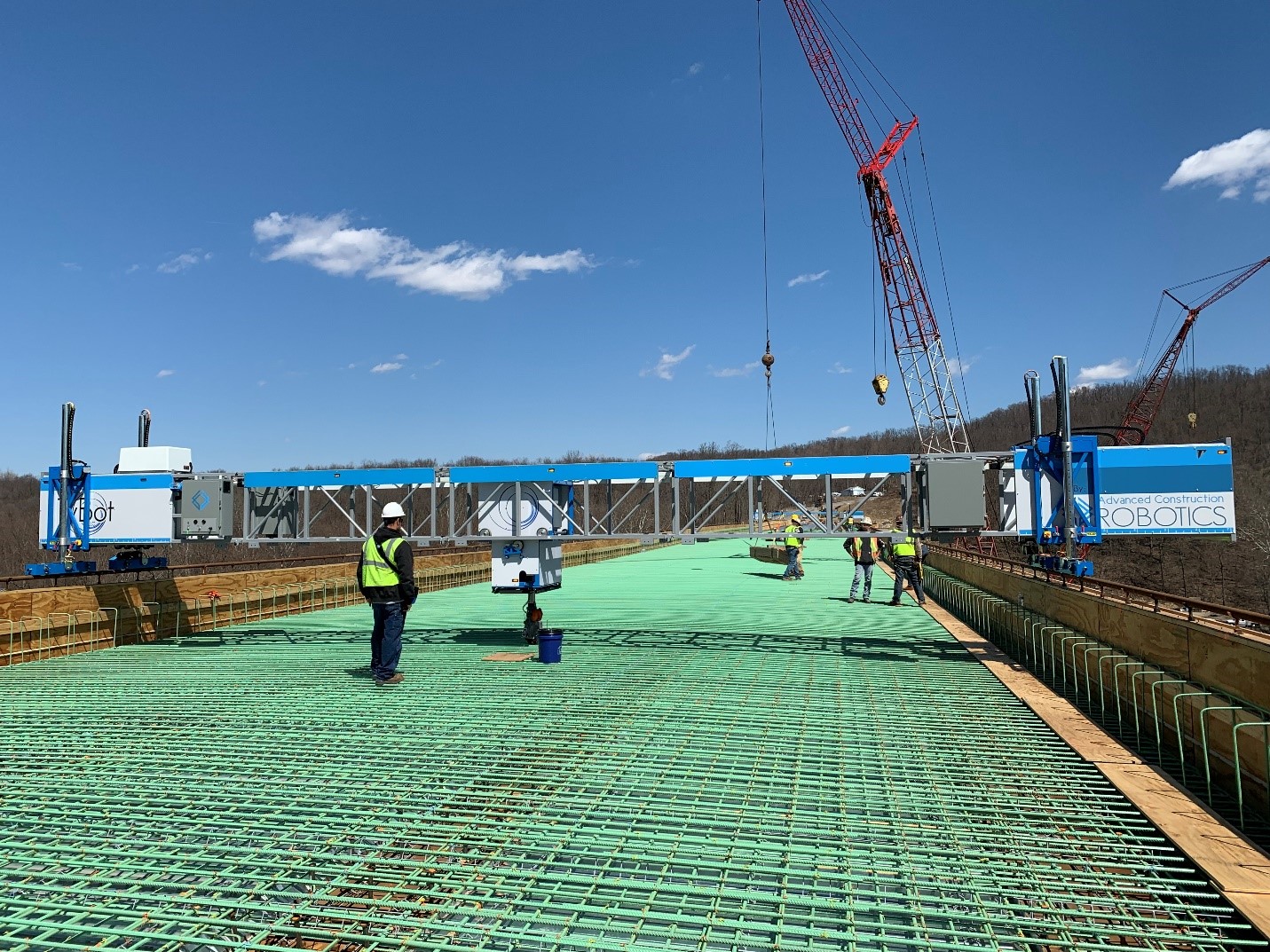
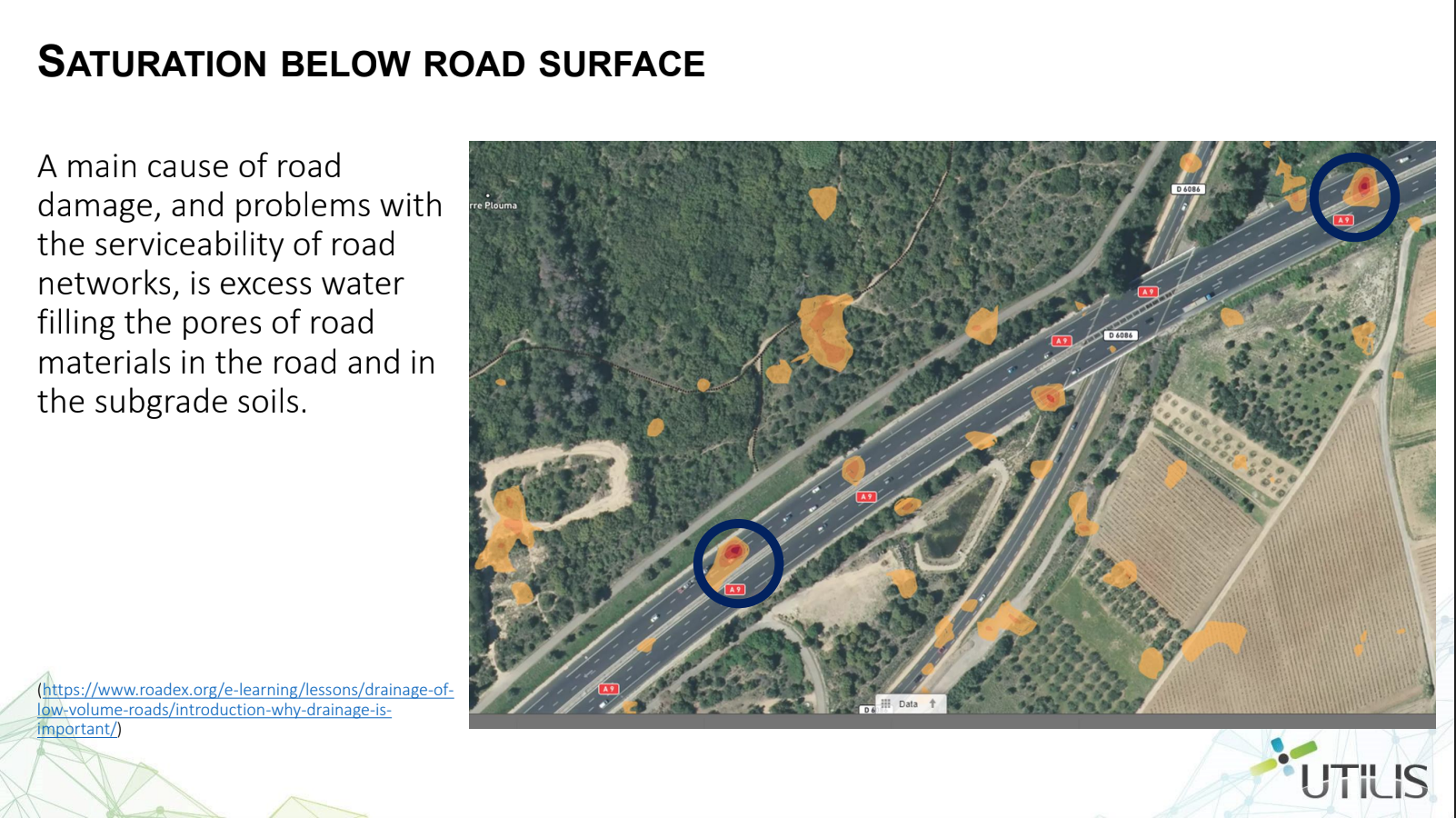





Discussion
Be the first to leave a comment.
You must be a member of the BuiltWorlds community to join the discussion.